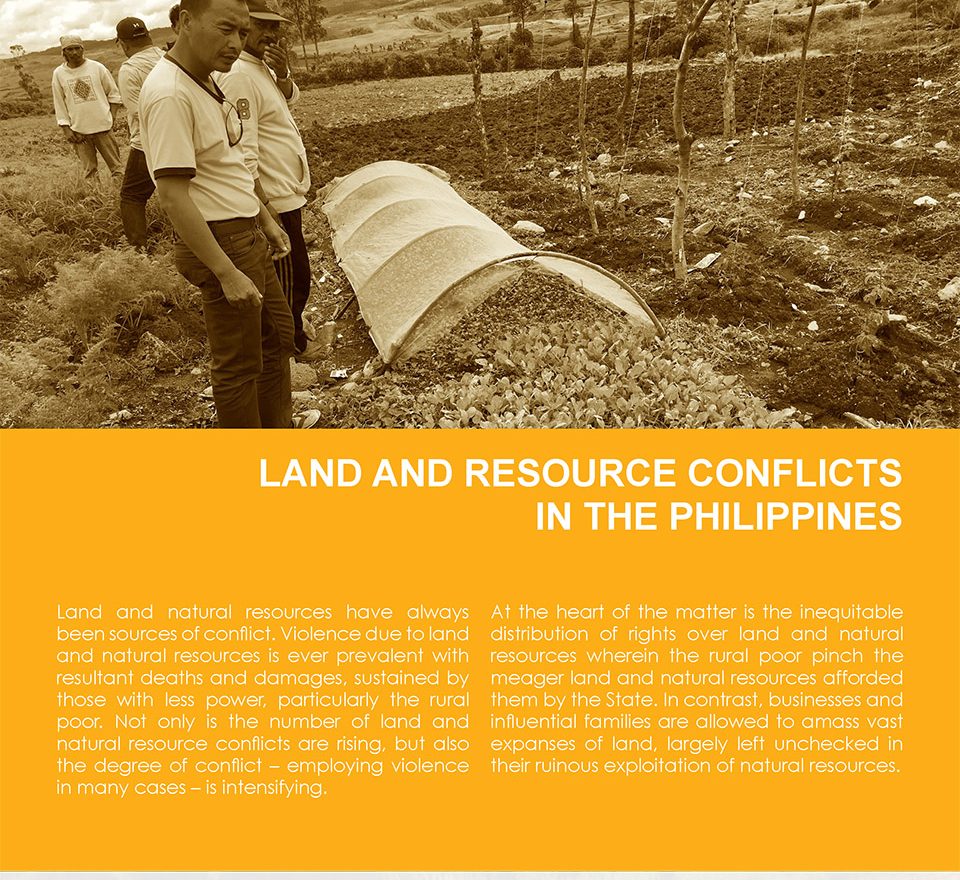Learning through practice? Learning from the REDD+ demonstration project, Kalimantan Forests and Climate Partnership (KFCP) in Indonesia
Despite a growing recognition of the importance of social learning in governing and managing land use, the understanding and practice of learning has received limited attention from researchers. In global environmental programs and projects aimed at supporting sustainable land use in developing countries, learning is often promoted but without explicit learning goals. The focus may be on capacity building and community participation, and on testing policy tools, rather than on collaborative social learning.



